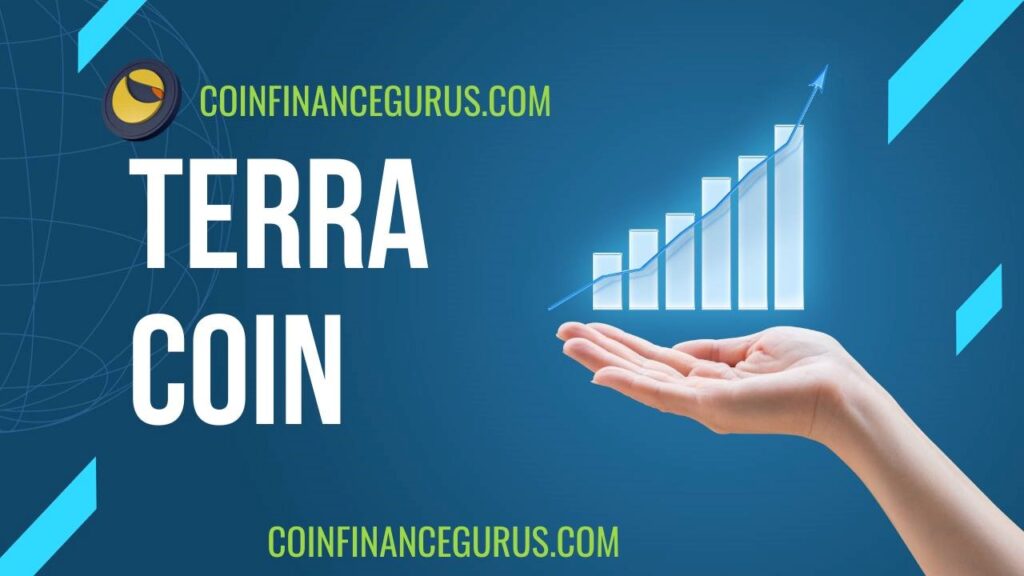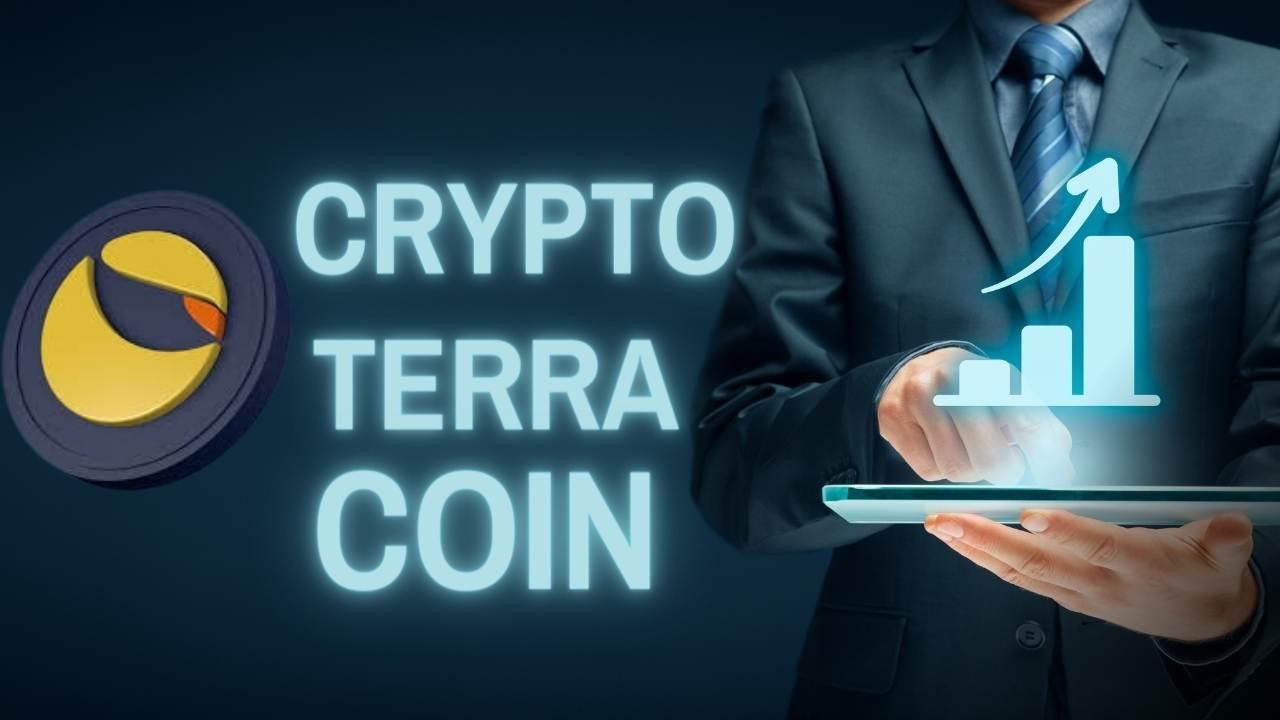Introduction
Terra Classic is a blockchain protocol that powers the Terra ecosystem of algorithmic stablecoins, with TerraClassicUSD (USTC) being the most prominent.
The Terra blockchain, conceived in January 2018 with the aim of advancing global cryptocurrency adoption for payments, catalyzed the formation of the Terra Alliance.
This consortium, composed of 15 prominent e-commerce enterprises across Asia, played a pivotal role in kickstarting the development of the Terra network infrastructure.
Remarkably, within less than two years post-launch, the TerraUSD stablecoin ascended to the position of the third-largest stablecoin by market capitalization, surpassing established counterparts such as BUSD and DAI.
Terra’s visionary approach positioned the USTC as an interchain digital asset, designed to operate seamlessly across multiple blockchain ecosystems, facilitating the scalability of decentralized finance (DeFi).
In the aftermath of a market downturn, Terraform Labs disclosed its decision to rebrand the original Terra blockchain, also known as Terra 1.0, as a new chain named Terra Classic. The associated digital assets underwent a transformation, with LUNA and UST evolving into LUNA Classic (LUNC) and TerraClassicUSD (USTC).
Notably, the revitalized Terra ecosystem now accommodates several legacy decentralized applications (dApps) that transitioned from the Terra Classic network. Both Terra and Terra Classic operate as proof-of-stake (PoS) chains.
Founder Of Terra USD (USTC)
Founded in April 2019 by Do Kwon and Daniel Shin, the Terra blockchain introduced its native token, LUNA. Subsequently, in September 2020, the TerraUSD stablecoin was introduced.
Near Protocol and NEAR Token: A Scalable Blockchain for Decentralized Apps
About Terra USD (USTC) Coin
USTC serves as the decentralized and algorithmic stablecoin within the Terra blockchain. This coin, designed to be both scalable and yield-bearing, maintains a stable value by being pegged to the US dollar.
Within the Terra ecosystem, the stablecoin benefits from a shared liquidity pool, enabling users to exchange TerraUSD for TerraKRW, the stablecoin pegged to the Korean Won, with minimal transaction fees.
Furthermore, users have the opportunity to generate passive income by utilizing TerraUSD in conjunction with the Anchor lending protocol, which offers stable interest rates
How Many Terra USD (USTC) Coins Are in Circulation?
TerraUSD (UST) stands as a stablecoin operating on the Terra blockchain, with its creation process distinguished by a unique approach. Notably, UST lacks independent technical support; instead, its generation is facilitated through the burning of LUNA tokens.
The value of UST experiences fluctuations, driven by the interplay of supply and demand for the asset, as well as its correlation with the US dollar value. When the UST value surpasses one dollar, holders of LUNA tokens have the option to exchange them for UST. This not only contributes to an augmented UST supply but also triggers an increase in the prices of LUNA.
Conversely, in scenarios where supplies are reduced for profit, UST tokens can be exchanged for Terra (LUNA), effectively restoring the UST price to its target level. This process, in turn, results in the burning of a specific quantity of LUNA, fostering scarcity and elevating their intrinsic value.
The current circulating supply of Terra is 591.65M. This is the total amount of LUNA which is available.
Price Of Terra USD (USTC)

As of today, the real-time value of Terra USD (USTC) is 0.055329 USD. Considering the existing circulating supply of Terra USD, which amounts to 8,976,083,127.63 USTC, the corresponding market capitalization is calculated at 496,638,571 USD.
Over the past 24 hours, there has been a slight fluctuation in the USTC price, witnessing a movement of 0.009681 USD or 0.23%. Noteworthy trading activity has taken place during this period, with a total of 517,758,272 USD worth of USTC exchanged across various platforms. In the current cryptocurrency landscape, USTC is positioned at #99 based on market capitalization.
Why Terra USD (USTC) Is Unique Coin
These are following factors which make Terra USD (USTC) unique:
● Enhanced Scalability
TerraUSD stands as an algorithmic stablecoin, its value precisely mirroring the face value of the stablecoins in circulation. The issuance of 1 TerraUSD requires the burning of a corresponding 1 LUNA reserve asset. Notably, the monetary policy of TerraUSD exhibits an almost limitless scalability, providing a conducive environment for DeFi projects to achieve their maximum potential.
● Easy Exchange
The stablecoins within the Terra ecosystem collectively contribute to a shared liquidity pool. This arrangement facilitates seamless exchanges, allowing users to convert TerraUSD to TerraKRW (the stablecoin pegged to the Korean Won) with minimal transaction fees.
● Passive Income Potential
Moreover, users have the opportunity to generate passive income by utilizing TerraUSD through the Anchor protocol, which offers stable interest rates. Anchor, functioning as a lending protocol, pledges a 20% return on UST savings. Further and consistent income accrues from rewards within Proof-of-Stake (PoS) chains, sustained by the stability maintained through commissions and inflation. This subtlety facilitates the establishment of a dependable interest rate.
● Interoperability
Through the Dropship bridge protocol, TerraUSD serves as a conduit for connecting diverse blockchain ecosystems. Dropship seamlessly integrates TerraUSD into a multitude of DeFi and decentralized exchange (DEX) platforms, playing a crucial role in facilitating asset transfers between different chains.
The value of TerraUSD is contingent on the supply and demand dynamics of LUNA. Consequently, the Dropship protocol not only ensures a stable cost for UST but also plays a pivotal role in maintaining scalability within the system.
Unveiling the Power of Blur Token: A Comprehensive Analysis
Use Of Terra USD (USTC) Token
TerraClassicUSD (USTC) offers versatile applications, allowing users to:
1. Lend Liquidity in DeFi:
Embrace the lucrative opportunities within decentralized finance (DeFi) platforms by lending liquidity to USTC pools.
Locking your USTC holdings for a specified duration in the liquidity pool enables the generation of a robust stream of passive income, leveraging your USTC investment effectively.
2. Trade Against Other Cryptocurrencies:
Engage in trading activities on platforms that feature crypto pairs with TerraClassicUSD as the base currency.
Whether buying or selling TerraClassicUSD against other digital currencies, or holding it for the long term based on your belief in the stablecoin and the Terra Classic project’s future potential, consider checking real-time indicators such as TerraClassicUSD’s current price, live market cap, circulating supply, and 24-hour trading volume.
Prior to trading TerraClassicUSD, conduct thorough technical, sentiment, and fundamental analyses using the USTC price chart.
3. Payment Method:
Take advantage of the high convenience factor associated with using TerraClassicUSD for online payments when purchasing goods and services.
Especially for businesses that endorse cryptocurrency payments, utilizing a stablecoin like USTC proves notably more convenient than other crypto assets for transactional purposes.
4. Digital Payment Transfers:
Leveraging the Terra Classic blockchain’s low transaction fees, USTC serves as a cost-effective means for transferring money globally.
Seamlessly send USTC from your wallet to other users’ crypto wallets, facilitating swift and economical transactions across geographical boundaries.
How Can I Buy Terra USD In USA?
Followings are the markets from where you can easily buy the USTC coin in USA:
- Bybit
- Binance
- OKX
- KuCoin
- Gate.io
- MEXC Global
- Bybit Spot
Is Terra USD (USTC) Token a Good Investment?
TerraClassicUSD, standing out as one of the few algorithmic-backed stablecoins in the crypto market, has faced challenges following the downturn in May 2022. The excessive minting of new tokens within the former Terra ecosystem has resulted in an exceptionally high circulating supply for both USTC and LUNC. This surge in supply has exerted downward pressure on the value of both tokens, leading to significant losses for early investors.
A resurgence in investor confidence could pave the way for USTC’s recovery toward the $1 mark, reinstating its peg to the US dollar. Such a resurgence has the potential to stimulate greater adoption of the stablecoin among users and projects alike.
Furthermore, this positive momentum may encourage developers to actively engage with the Terra Classic blockchain, creating and deploying decentralized applications (dApps) that leverage the USTC coin. This heightened activity within the Terra Classic ecosystem could also amplify the burn rate of LUNC in the market, thereby contributing to an upward trajectory in the TerraClassicUSD price.
However, it’s essential to exercise caution when considering investments in USTC due to the anticipated regulatory challenges that the project may encounter. The Terra brand is still grappling with the aftermath of the collapse of the old UST stablecoin and LUNA 1.0, hindering its efforts to re-establish a stable peg. Consequently, USTC presents itself as a digital asset worth observing and evaluating before making investment decisions.
Is the Terra USD Network Secured?
TerraUSD (UST) maintains a one-to-one peg with the US dollar and is backed by Terra (LUNA), ensuring stability through the seigniorage process, which generates income from money emission.
LUNA acts as an asset reserve, safeguarding the security of UST. Miners play a crucial role in Terra’s security, engaging in a proof-of-stake (PoS) consensus that absorbs short-term demand volatility for Terra, emphasizing the importance of stable demand for mining.
The TerraUSD protocol is designed to deliver consistent rewards in all economic conditions, aiming to compensate those who contribute to the protection and development of the network.
This intricate system underscores TerraUSD’s commitment to security, stability, and rewarding network participants.
Difference Between UST and USTC?
Key distinctions exist between TerraUSD (UST) and TerraClassicUSD (USTC) stablecoins:
1. Operating Blockchain:
UST operated on the previous Terra network. Post-May 2022 market downturn, Terraform Labs rebranded this blockchain as Terra Classic, renaming its stablecoin to TerraClassicUSD (USTC).
Simultaneously, a new blockchain, Terra, emerged, no longer supporting stablecoins, with its native token named LUNA. The original Terra blockchain’s LUNA 1.0 became LUNA Classic (LUNC).
2. Peg to USD:
The former UST was a prominent stablecoin, ranking third in trading volume, market cap, and usage in April 2022. However, after the May 2022 market crash, TerraUSD’s peg to the US dollar was disrupted.
3. Market Rank and Cap:
Pre-collapse, former TerraUSD was a top-10 cryptocurrency, reaching a market cap exceeding $9 billion in December 2021. Presently, TerraClassicUSD holds a market rank of 112 (August 2022), with a market cap just below $317 million.
The Daily Trading Volume Of Terra USD (USTC) Token
Over the last 24 hours, the trading volume of TerraClassicUSD (USTC) has experienced a significant surge, reaching $595,651,425.
This represents a noteworthy increase of 36.70% compared to the previous day.
Such a substantial uptick serves as a clear and compelling indicator of heightened market activity, signaling a recent surge in both trading interest and engagement with TerraClassicUSD.
Terra USD Coin Price Prediction
Let’s analyze a few TerraClassicUSD price predictions as of November 30, 2023. It’s essential to note that predictions, especially for a potentially volatile asset like cryptocurrency, frequently prove inaccurate.
Furthermore, it’s crucial to keep in mind that many long-term crypto price forecasts are algorithmically generated, implying their susceptibility to change at any given moment.
Final Thoughts
In Final Thoughts, TerraUSD, launched in 2020, stands out as a decentralized, scalable, yield-bearing stablecoin with interchain compatibility. Renowned for its predominantly infinitely scalable monetary policy, it addresses the limitations observed in many stablecoins, particularly challenging market leader DAI due to a surge in stablecoin demand.
Terra, founded by Do Kwon and Daniel Shin in April 2019 under Terraform Labs, released TerraUSD on Bittrex Global on September 12, 2020. Serving as TerraUSD’s native blockchain, Terra not only embodies innovation but also positions itself as a key player in the evolving landscape of stablecoin ecosystems and applications.
